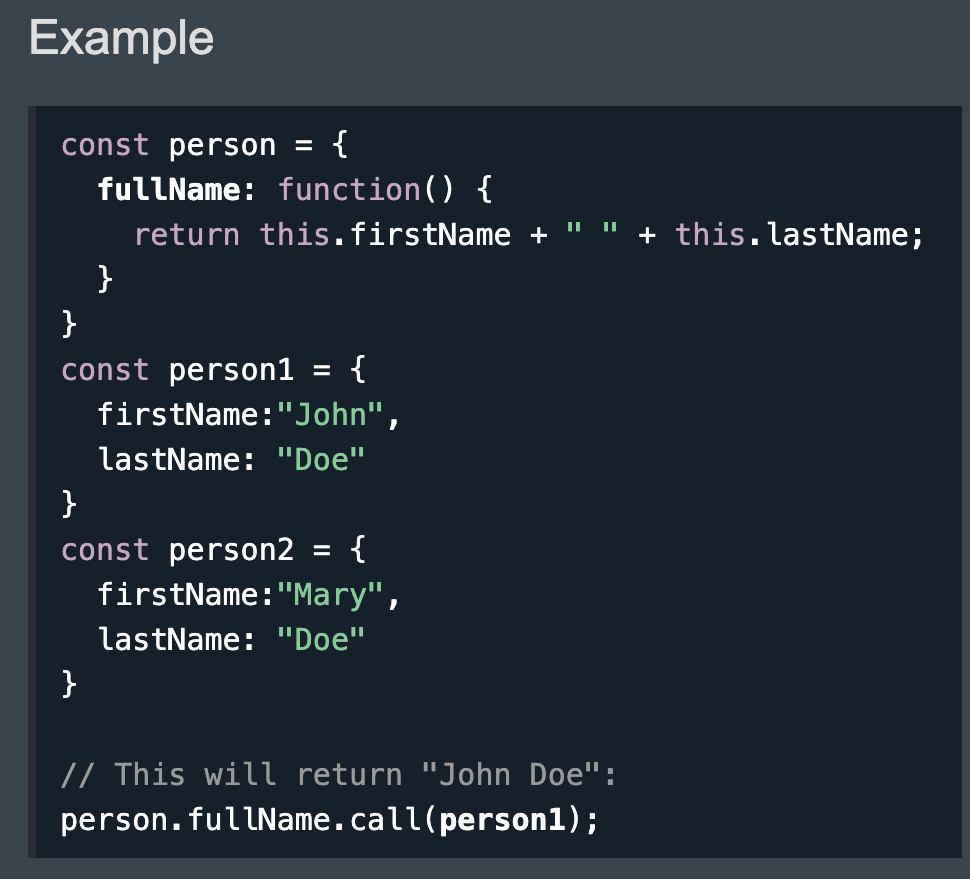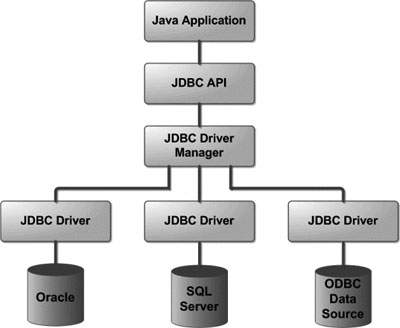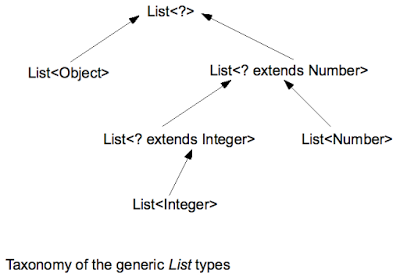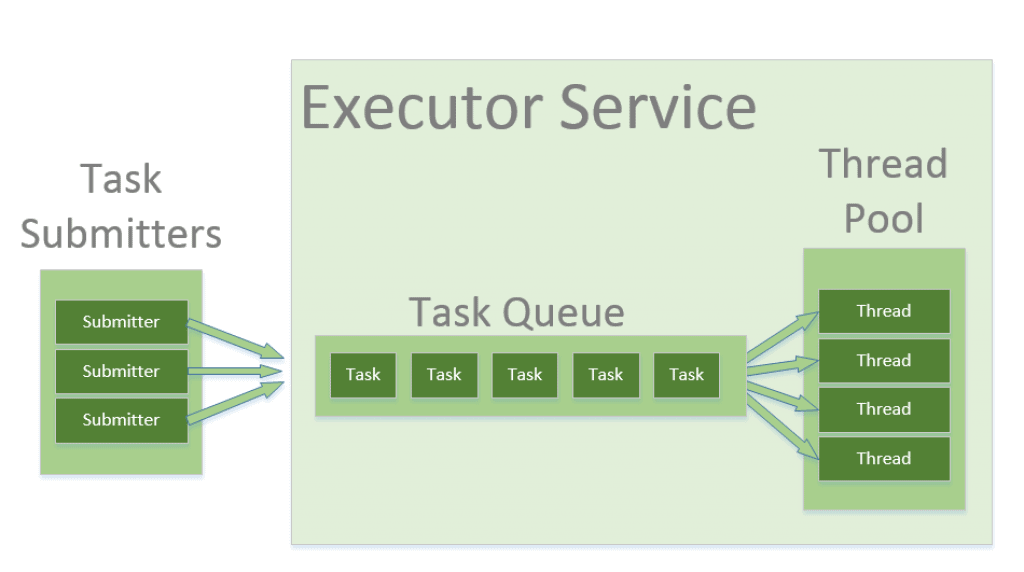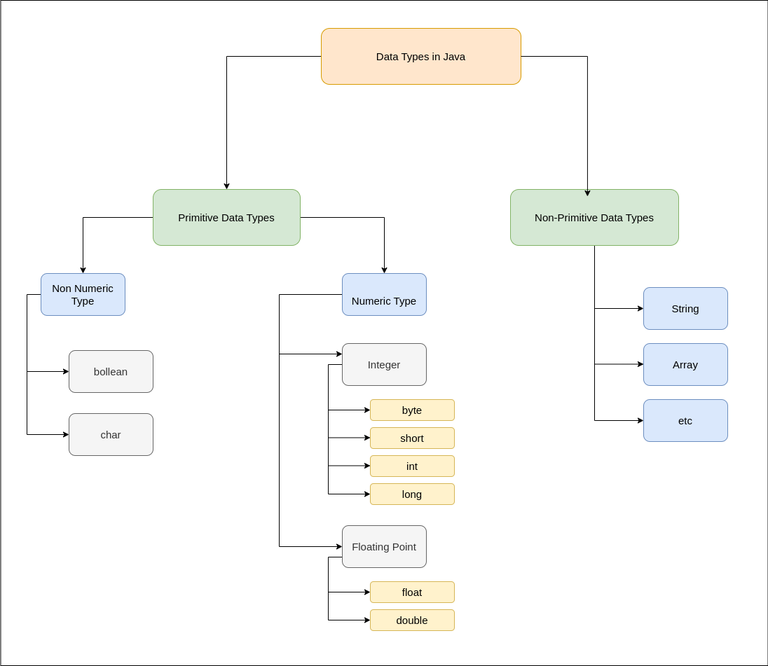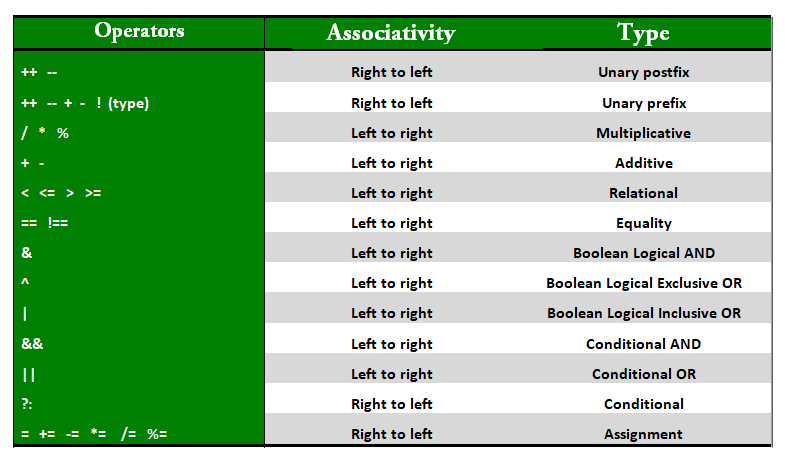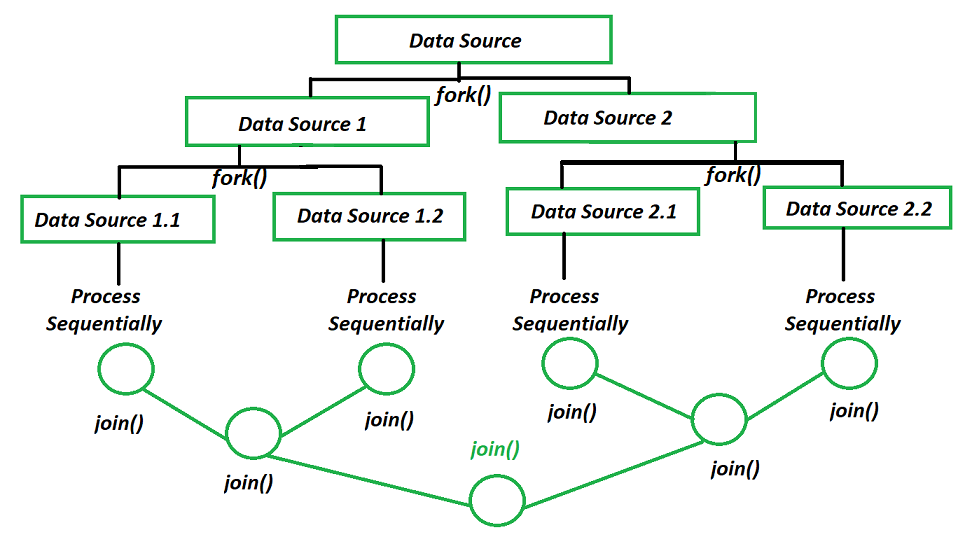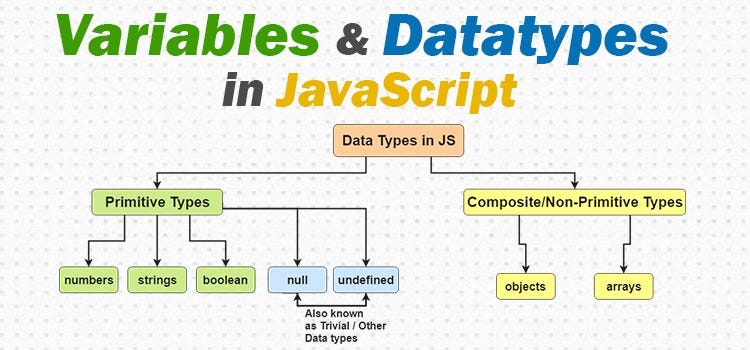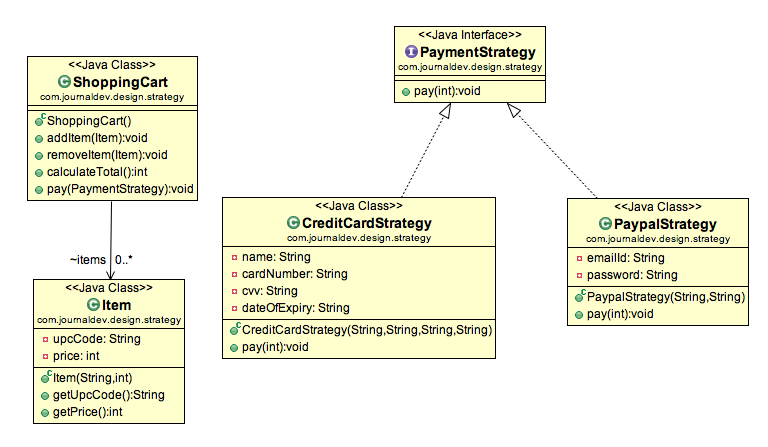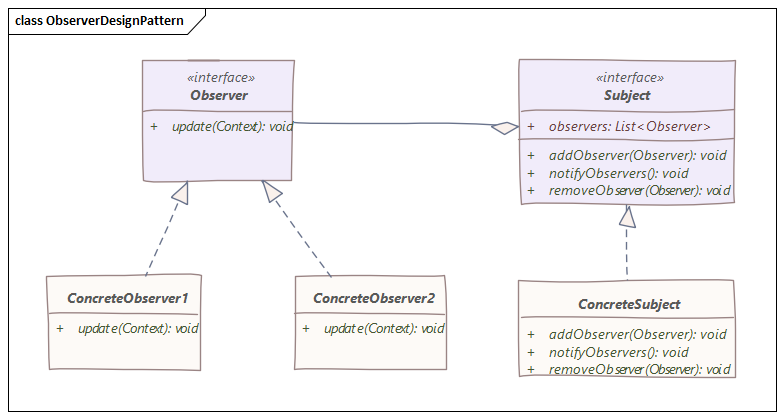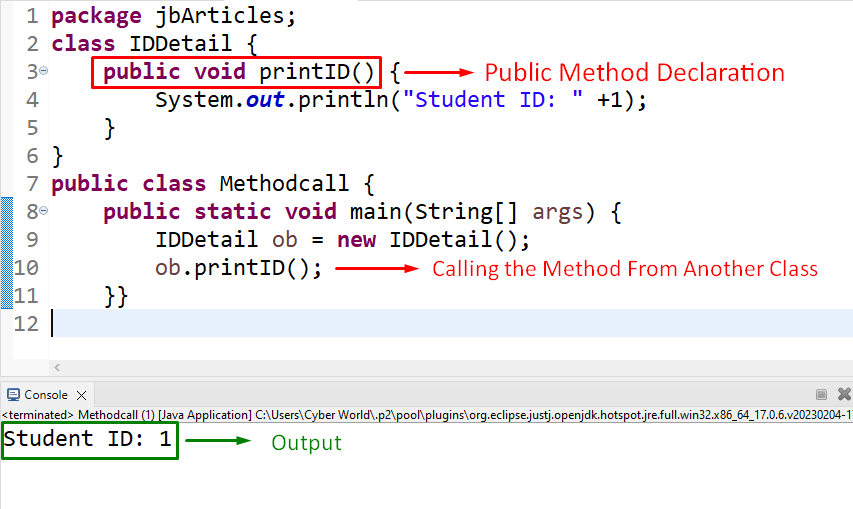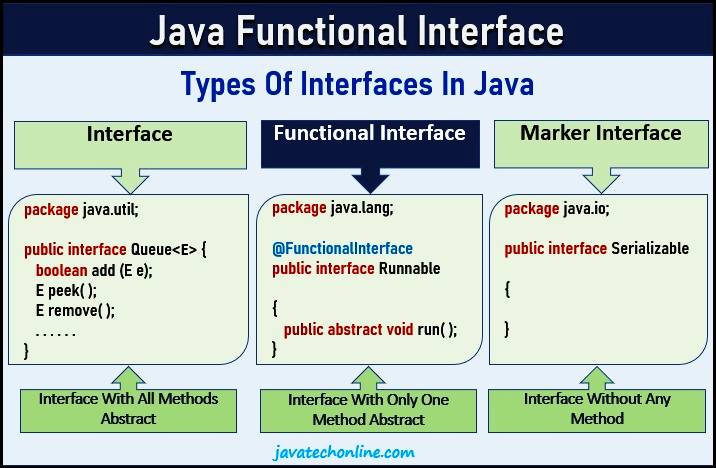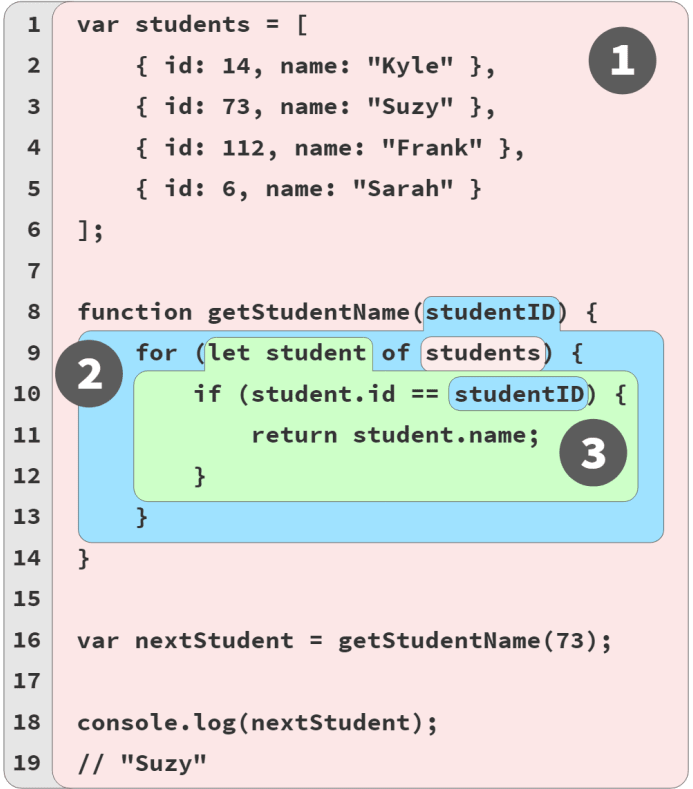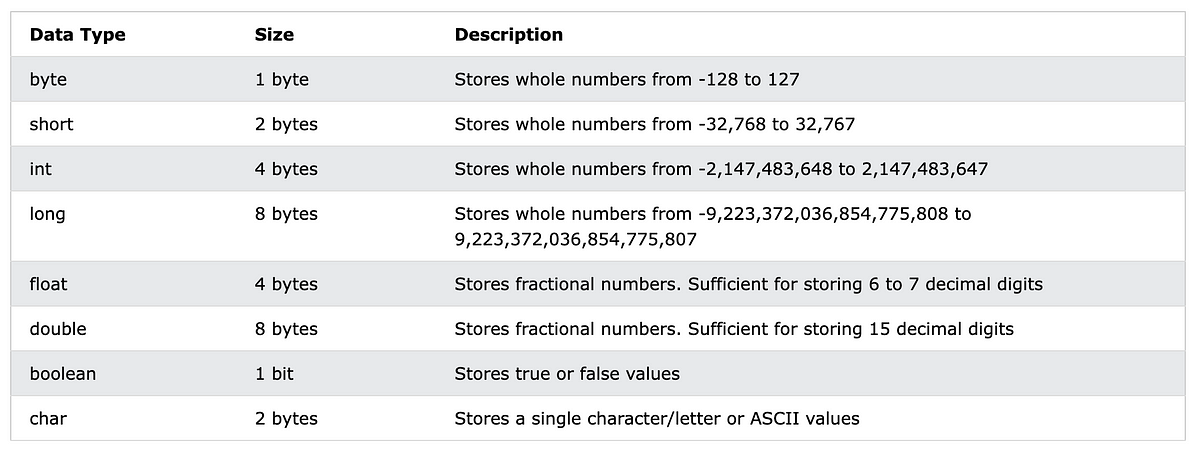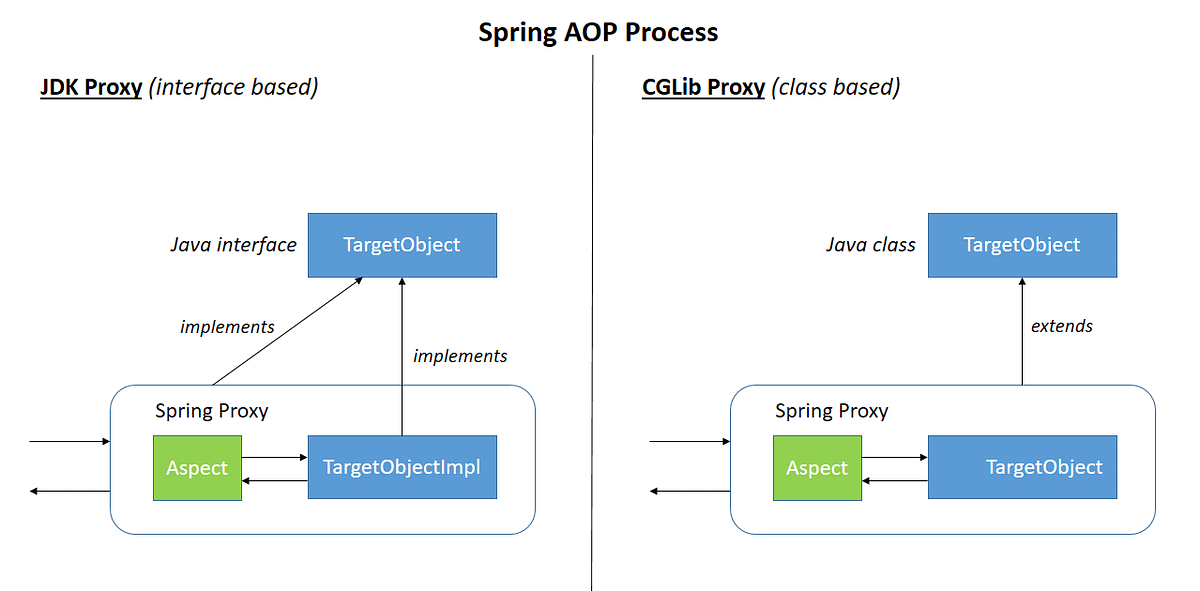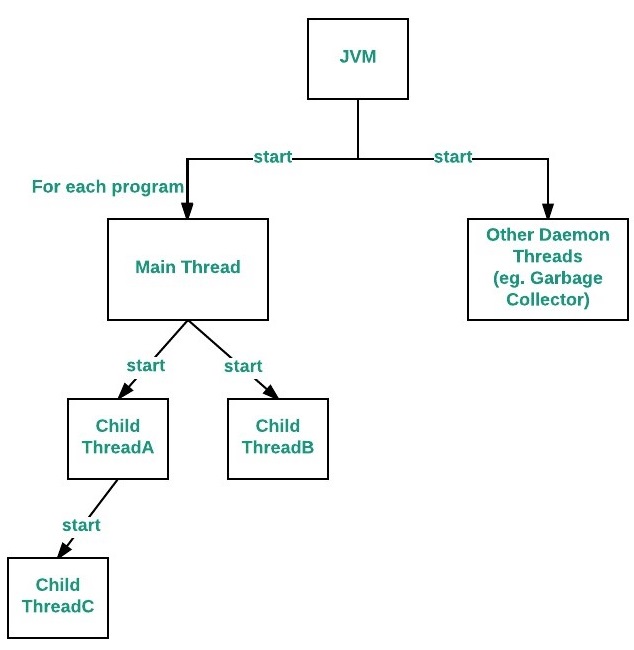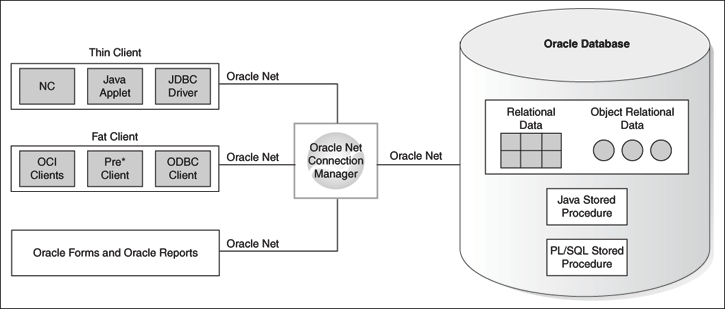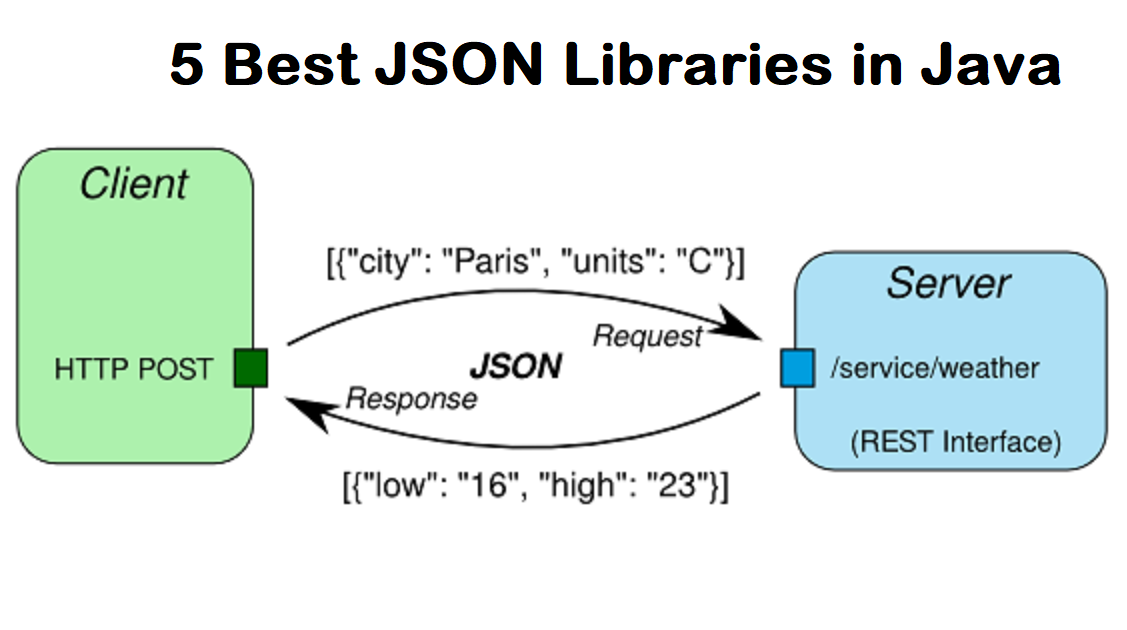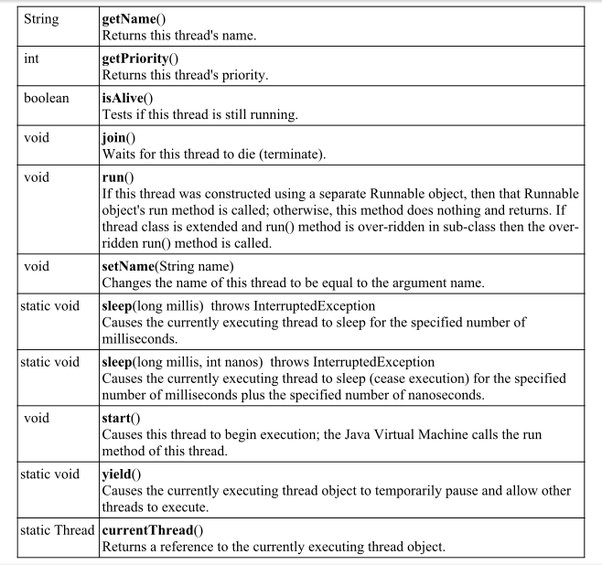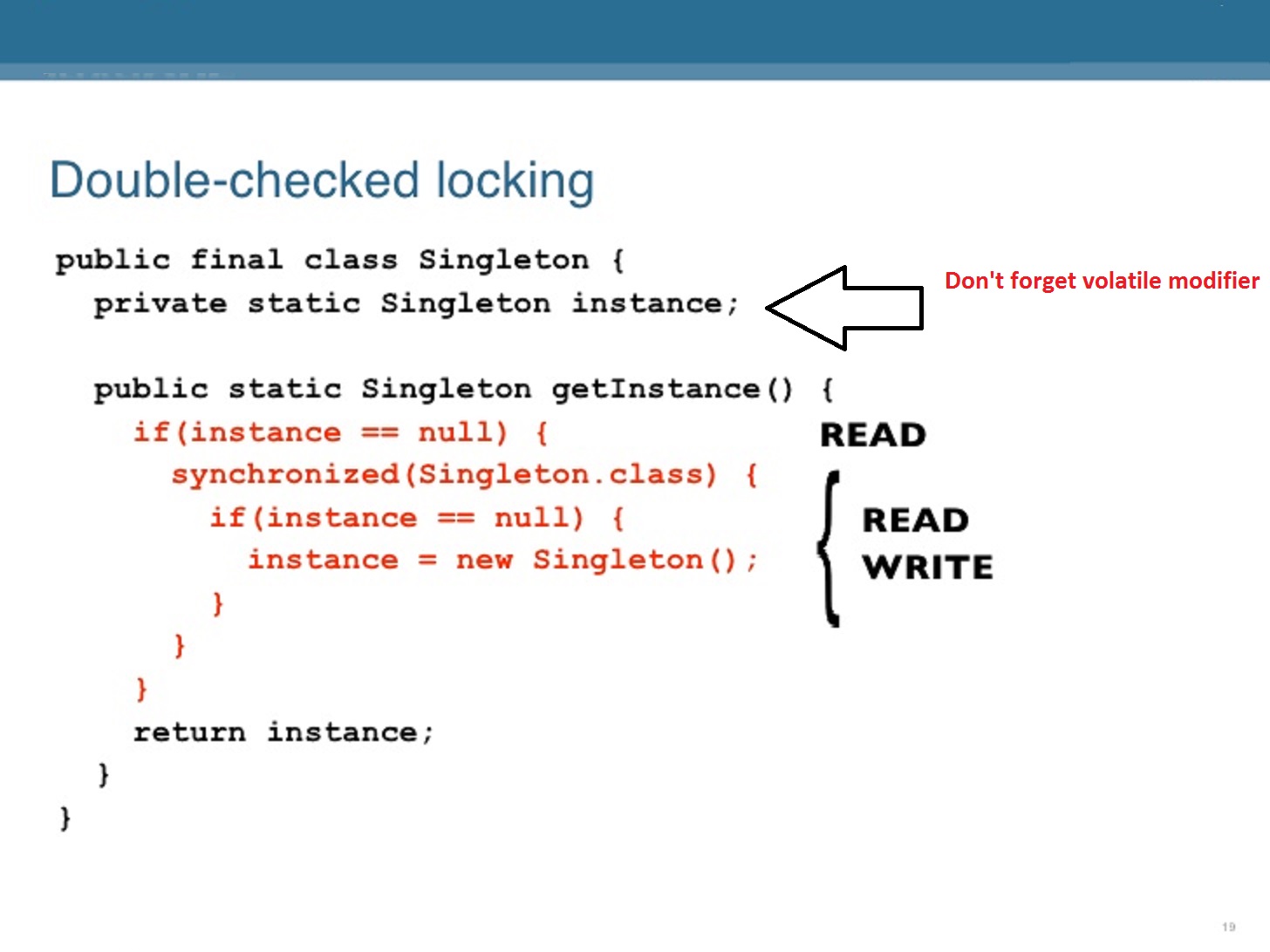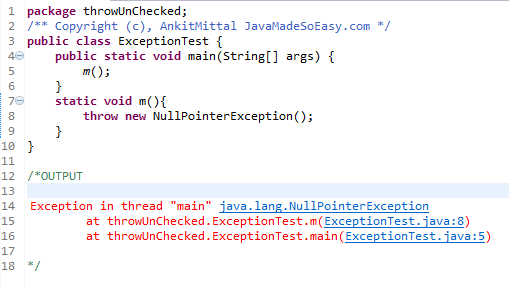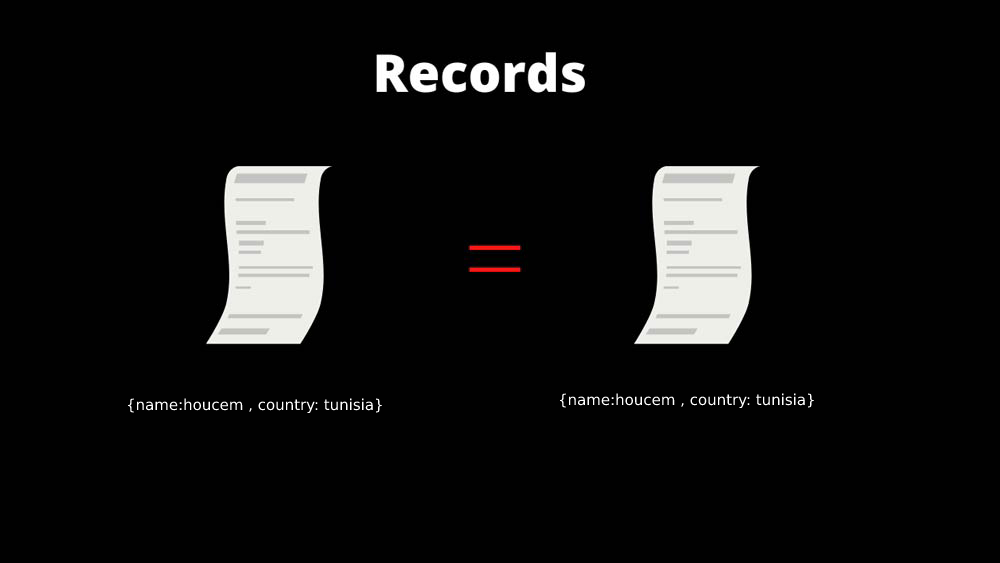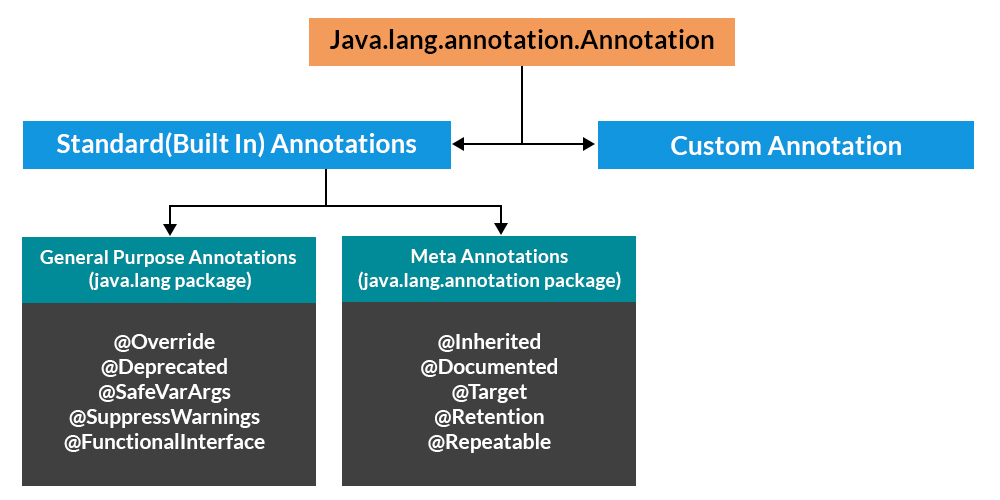Java future get timeout example
Java future get timeout example
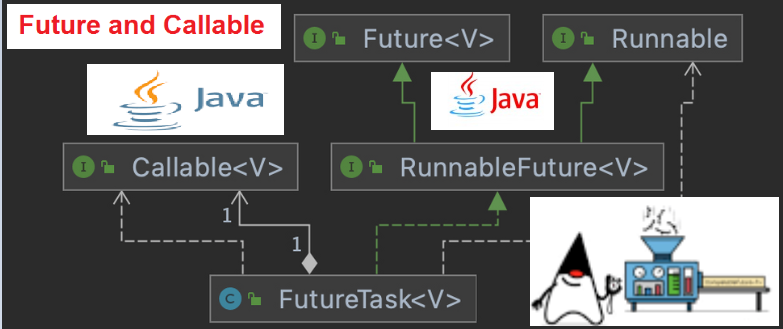
I'm happy to help! Here's an example of how you can use Java's Future class with a timeout:
Let's say we have a method downloadFile(url, timeout) that downloads a file from the internet using HTTP and returns a Future object representing the download task. The timeout parameter specifies the maximum time (in milliseconds) to wait for the download to complete before giving up and throwing a TimeoutException.
Here's an example implementation:
import java.io.IOException;
import java.net.URI;
import java.net.http.HttpClient;
import java.net.http.HttpRequest;
import java.net.http.HttpResponse;
import java.util.concurrent.ExecutionException;
import java.util.concurrent.Future;
public class FileDownloader {
private final HttpClient client = HttpClient.newHttpClient();
public Future<HttpResponse> downloadFile(String url, int timeout) {
HttpRequest request = HttpRequest.newBuilder()
.uri(URI.create(url))
.get()
.build();
return client.sendAsync(request, HttpResponse.BodyHandlers.ofString())
.timeout(timeout, java.time.Duration.ofMillis(timeout));
}
}
To use this method with a timeout, you can create an instance of the FileDownloader class and call the downloadFile() method:
public class Main {
public static void main(String[] args) throws Exception {
FileDownloader downloader = new FileDownloader();
String url = "https://example.com/file.txt";
int timeout = 5000; // 5 seconds
Future<HttpResponse> future = downloader.downloadFile(url, timeout);
try {
HttpResponse response = future.get(timeout, java.util.concurrent.TimeUnit.MILLISECONDS);
System.out.println("Download complete: " + response.body());
} catch (TimeoutException e) {
System.out.println("Timeout: download did not complete within the specified time");
} catch (InterruptedException | ExecutionException e) {
System.out.println("Error: " + e.getMessage());
}
}
}
In this example, we create a FileDownloader instance and call the downloadFile() method with a URL and a timeout of 5 seconds. The method returns a Future object that represents the download task.
We then try to get the result of the Future within the specified timeout using the get() method. If the download completes within the timeout, we print a success message and the contents of the downloaded file. If the download takes longer than the timeout, a TimeoutException is thrown, which we catch and handle accordingly.
Note that you can also use the get(timeout, unit) method to specify the timeout unit (e.g., seconds, minutes, hours). This allows you to customize the timeout duration to suit your needs.
How to do timeout in Java?
Timeouts! A crucial concept in programming that allows you to limit the execution time of a task or operation. In Java, timeouts can be implemented using various approaches. Let's dive into the details!
1. Using Thread.sleep()
One way to implement a timeout is by using the Thread.sleep() method. You can set a specified duration for the thread to sleep before continuing execution. However, this approach has limitations. For instance:
public static void main(String[] args) {
try {
Thread.sleep(3000); // Sleep for 3 seconds
System.out.println("Timeout exceeded!");
} catch (InterruptedException e) {
// Handle exception if necessary
}
}
In this example, the program will sleep for 3 seconds before printing a message. However, if an interrupt occurs (e.g., the program is terminated), the timeout will not be respected.
2. Using ScheduledExecutorService
The Java concurrency package provides a more robust way to implement timeouts using ScheduledExecutorService. This class allows you to schedule tasks with a specified delay or interval. You can set a timeout for each task:
import java.util.concurrent.Executors;
import java.util.concurrent.ScheduledExecutorService;
import java.util.concurrent.ScheduledFuture;
public static void main(String[] args) {
ScheduledExecutorService executor = Executors.newSingleThreadScheduledExecutor();
Runnable task = () -> {
try {
// Task execution here...
} catch (TimeoutException e) {
System.out.println("Timeout exceeded!");
}
};
long timeoutInMilliseconds = 3000; // 3 seconds
ScheduledFuture<?> future = executor.schedule(task, timeoutInMilliseconds, TimeUnit.MILLISECONDS);
if (!future.isDone()) {
executor.shutdown();
}
}
This approach provides more control over the timeout and allows for more complex scenarios.
3. Using a dedicated timeout library
Another option is to use a dedicated timeout library, such as Timeout from Apache Commons Lang. This library provides a simple way to execute tasks with a specified timeout:
import org.apache.commons.lang3.Timeout;
public static void main(String[] args) {
try {
Timeout timeout = new Timeout(3000); // 3 seconds
// Task execution here...
} catch (TimeoutException e) {
System.out.println("Timeout exceeded!");
}
}
This approach simplifies the process of implementing timeouts and provides additional features, such as the ability to cancel or interrupt tasks.
Best practices
When implementing timeouts in Java:
Always use atry-catch block to handle exceptions related to timeouts. Consider using a ScheduledExecutorService for more control over task scheduling and timeouts. Use a dedicated timeout library (like Apache Commons Lang) if you need more advanced features or simplicity in your code.
In conclusion, Java provides various ways to implement timeouts, each with its strengths and limitations. By choosing the right approach, you can ensure that your program behaves as expected and handles timeouts effectively.


